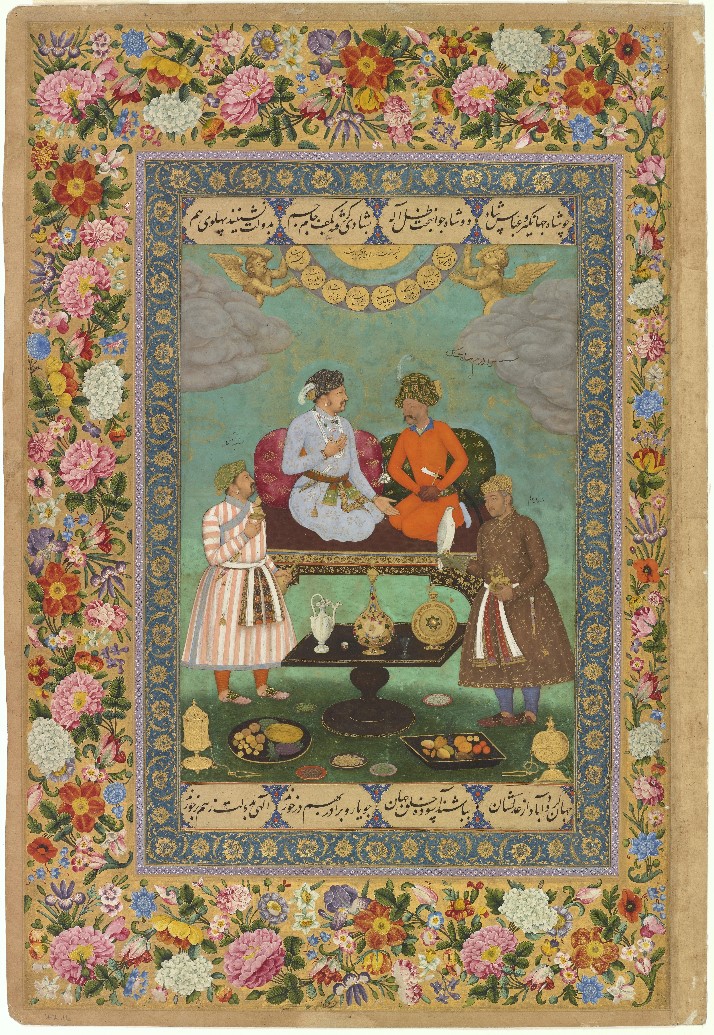The Dasātīr and the “Āẕar Kaivān school” in Historical Context: Origin and Later Development
DOI:
https://doi.org/10.46586/er.13.2022.9625Keywords:
Āẕar Kaivān, Dasātīr, Farhang-e Mo’aiyid al-Fożalāʾ, Ḥorūfism, ZoroastrianismAbstract
The present paper aims to offer a new understanding of the so-called “Zoroastrian Illuminative philosophers in the sixteenth and seventeenth centuries,” namely the Āẕar Kaivān school. In the twentieth century, this school was understood to be a Zoroastrian phenomenon originating from Āẕar Kaivān (1533–1618), who is believed to have been born at Estakhr (Iran) and later to have immigrated to Patna (India). One way to sketch their texts is to notice their contents as the Zoroastrian Illuminative school, as H. Corbin did. But it may be more likely that the first principle for this school is a matter of ancient Persian culture, especially the Āsmānī language. Until recently, we knew little for certain about the origin of this Āsmānī vocabulary, except the inference that it might be the product of Āẕar Kaivān himself. But Sadeghi (2020) shows that the earliest mention of what would become the Āsmānī vocabulary can be confirmed in the Persian dictionary Farhang-e Mo’aiyid al-Fożalāʾ, compiled in India in 1519. The origin of the essential points of the Āẕar Kaivān school is not Āẕar Kaivān himself, but there were probably some pioneers in the Delhi Sultanate in India before him. Adding to this, a closer look at their writings shows that this school is not a monolith, but a complex of various preceding elements. The Illuminative Philosophy is just one of them. As such, it becomes possible to arrive at the conclusion that the Āẕar Kaivān school is not Āẕar Kaivān’s school. He simply put together the various elements that preceded him.Downloads
Published
2022-08-15 — Updated on 2022-11-17
Versions
- 2022-11-17 (2)
- 2022-08-15 (1)
Issue
Section
Articles
License
Copyright (c) 2022 Takeshi Aoki

This work is licensed under a Creative Commons Attribution 4.0 International License.
How to Cite
The Dasātīr and the “Āẕar Kaivān school” in Historical Context: Origin and Later Development. (2022). Entangled Religions, 13(5). https://doi.org/10.46586/er.13.2022.9625 (Original work published 2022)

